Mazda Going (Mostly) Sparkless With Skyactiv-X Gasoline Engines, Starting in 2019

There’ll still be spark ignition available, but Mazda doesn’t expect you’ll get a whole lot of use out of it. With its just-revealed Skyactiv-X engine technology, the gasoline-loving automaker has added a new way of making power to the automotive realm: the compression ignition gas engine.
It’s something we’ve known about for a while, but today saw its confirmation. Mazda’s Skyactiv-X engine, bound for its vehicle lineup in 2019, adopts technology forever associated with diesel engines and combines it with a lighter, much cleaner fuel. Apparently, going green needn’t require batteries and AC motors.
Never mind that partnership with Toyota and talk of shared electric vehicle development. This new engine plays a starring role in the company’s long-term technology plan — a vision Mazda dubs “Sustainable Zoom-Zoom 2030.”
The engine, a world-first, achieves a “super lean burn” through use of sparkless compression ignition, coupled with a supercharger. In certain conditions — like cold-weather startups, for example — the mill employs spark to ignite the compressed fuel-air charge.
According to the automaker, “A proprietary combustion method called Spark Controlled Compression Ignition overcomes two issues that had impeded commercialization of compression ignition gasoline engines: maximizing the zone in which compression ignition is possible and achieving a seamless transition between compression ignition and spark ignition.”
Mazda anticipates the combination of compression ignition and supercharging should boost responsiveness, increasing torque levels by 10 to 30 percent over today’s Skyactiv-G gasoline engines. Generous thrust in every gear seems another high point.
Of course, power isn’t the main goal here. To keep gasoline as a viable fuel (and reduce the need for pricey hybrid and electric vehicle R&D), engineers needed to ensure the company’s future engines used as little of it as possible. And Mazda does plan to continue using gasoline engines — even beyond the year 2050.
We’ll have to wait for real-world confirmation, but Mazda anticipates a fuel economy boost of 20 to 30 percent over the Skyactiv-G. Compared to a Mazda four-cylinder from a decade ago, that’s a 35- to 45-percent increase. The company even claims it “equals or exceeds” its Skyactiv diesel fuel efficiency. Based on estimates of the U.S.-bound diesel, the combined fuel efficiency of sparkless, gas-powered Mazdas could rise to the high 30-mpg range.
If true, who needs a hybrid?
There’s other less tasty tidbits contained in Mazda’s 2030 plan. As part of its effort to lower corporate emissions, the automaker will introduce electric vehicles and other electrified technology in regions with clean energy grids starting in 2019. We’ll also see an evolution of the brand’s Kodo design language, as well as the proliferation of its i-Activsense driver assist technology. By 2025, Mazda wants to see some form of autonomous driving capability in all of its vehicles.
[Image: Mazda]

More by Steph Willems
Latest Car Reviews
Read moreLatest Product Reviews
Read moreRecent Comments
- Corey Lewis It's not competitive against others in the class, as my review discussed. https://www.thetruthaboutcars.com/cars/chevrolet/rental-review-the-2023-chevrolet-malibu-last-domestic-midsize-standing-44502760
- Turbo Is Black Magic My wife had one of these back in 06, did a ton of work to it… supercharger, full exhaust, full suspension.. it was a blast to drive even though it was still hilariously slow. Great for drive in nights, open the hatch fold the seats flat and just relax.Also this thing is a great example of how far we have come in crash safety even since just 2005… go look at these old crash tests now and I cringe at what a modern electric tank would do to this thing.
- MaintenanceCosts Whenever the topic of the xB comes up…Me: "The style is fun. The combination of the box shape and the aggressive detailing is very JDM."Wife: "Those are ghetto."Me: "They're smaller than a Corolla outside and have the space of a RAV4 inside."Wife: "Those are ghetto."Me: "They're kind of fun to drive with a stick."Wife: "Those are ghetto."It's one of a few cars (including its fellow box, the Ford Flex) on which we will just never see eye to eye.
- Oberkanone The alternative is a more expensive SUV. Yes, it will be missed.
- Ajla I did like this one.
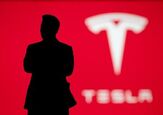
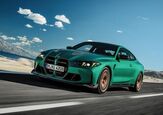














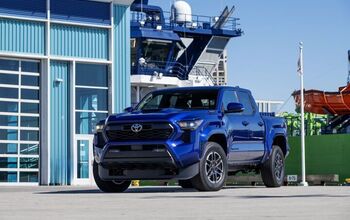
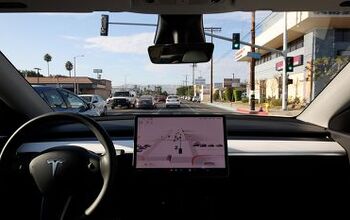
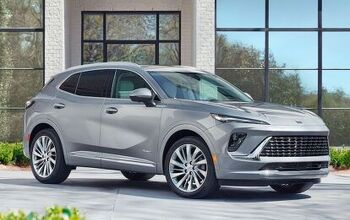

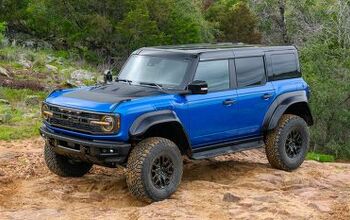
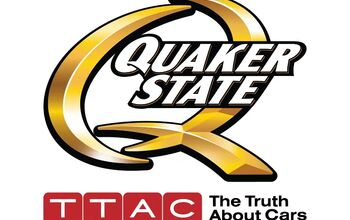

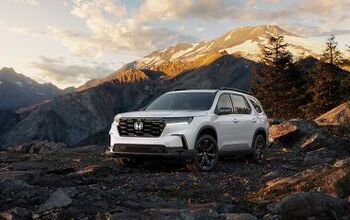
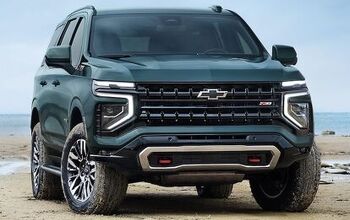
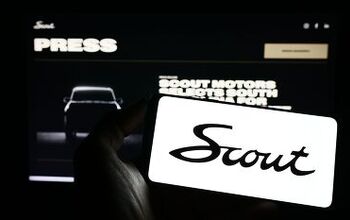
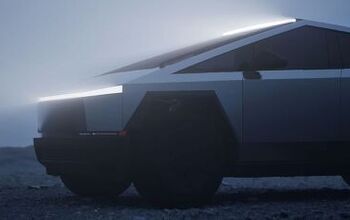

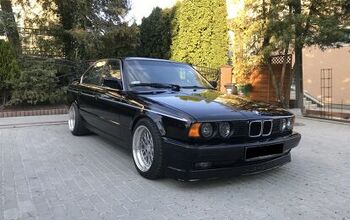
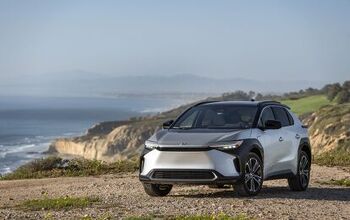
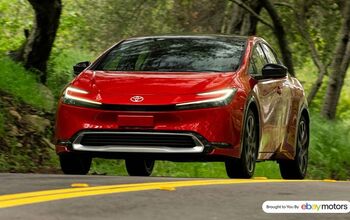
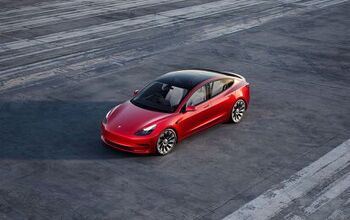

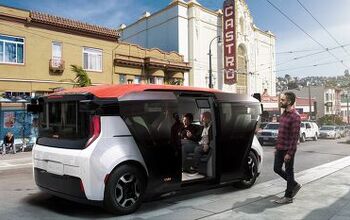
Comments
Join the conversation
So is this thing going to *sound* like a diesel engine? Or extreme pinging/knocking which is almost what it is?
A 2.5 litre diesel can already deliver over 350ftlb of torque easily. I wonder if the compression ignition gas engine will be lower revving than a spark ignited gas engine? If it is, then I do believe diesel will still be a better option ..... except the emissions side will need to be kept clean. But, a higher compression gasoline engine will also produce more NOx and I wonder if the injection system will also create more particulates than a GDI? So, I do hope this works out well for Mazda, but I also think diesel will be competitive, especially in the torque department.